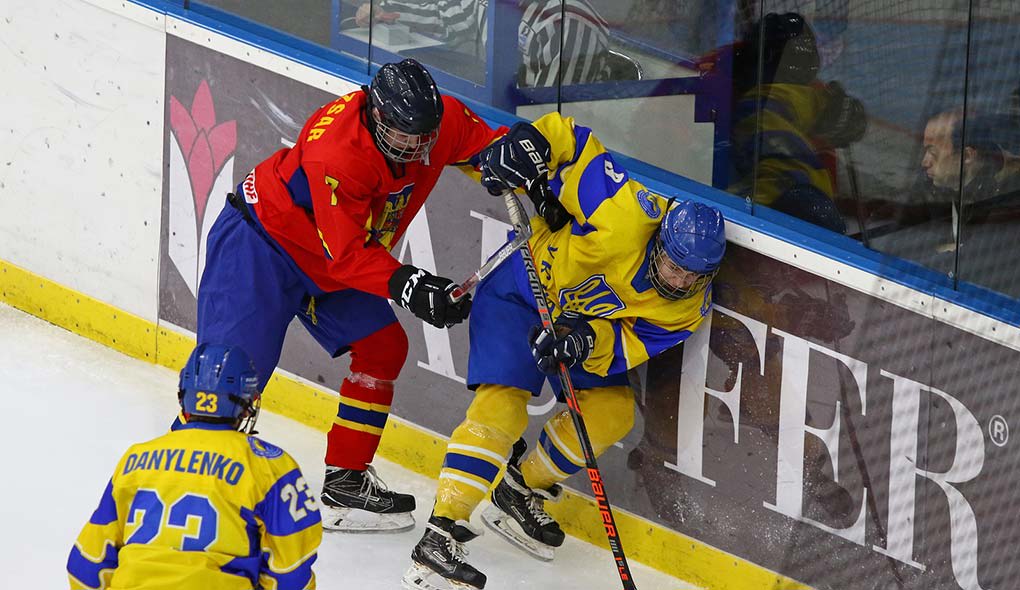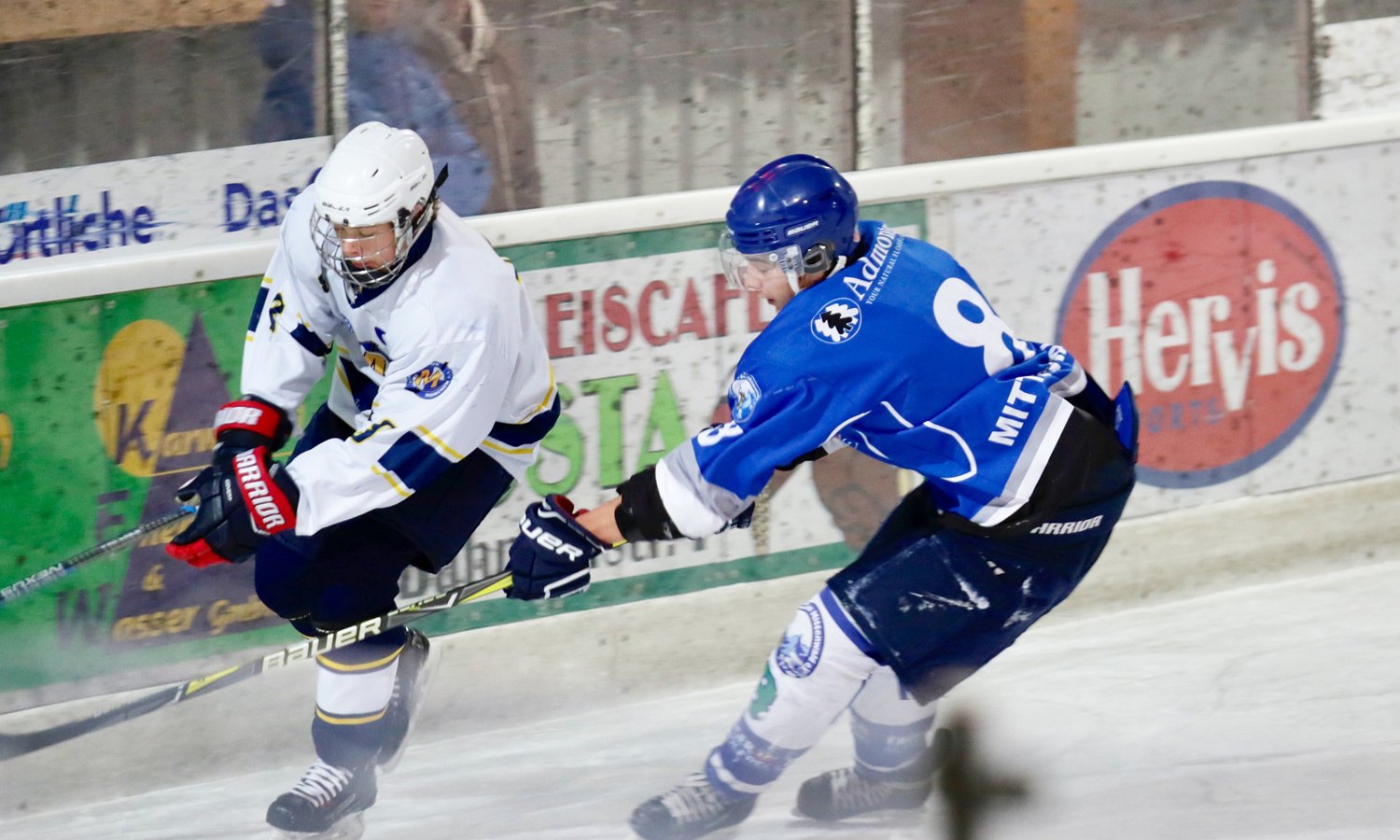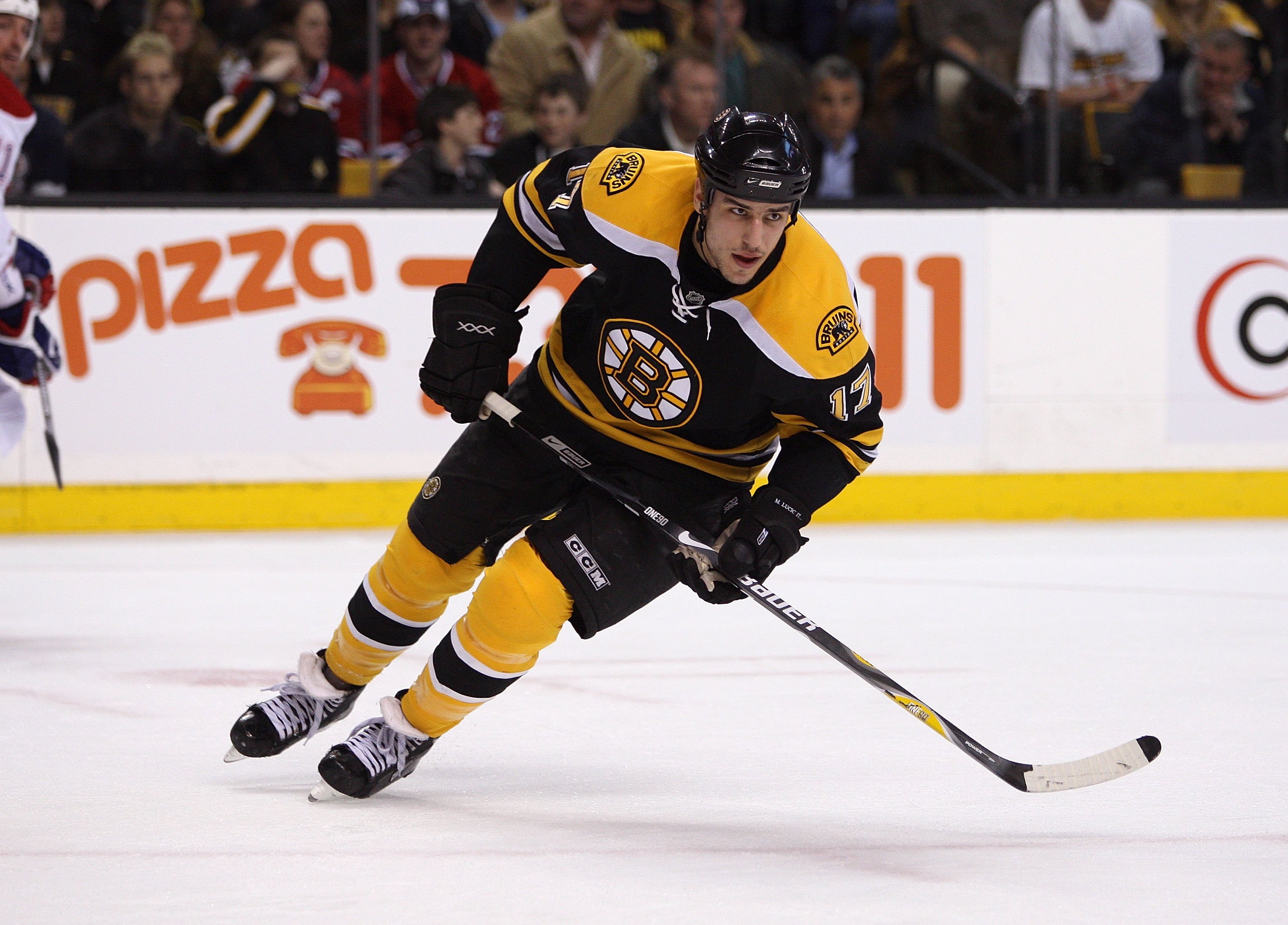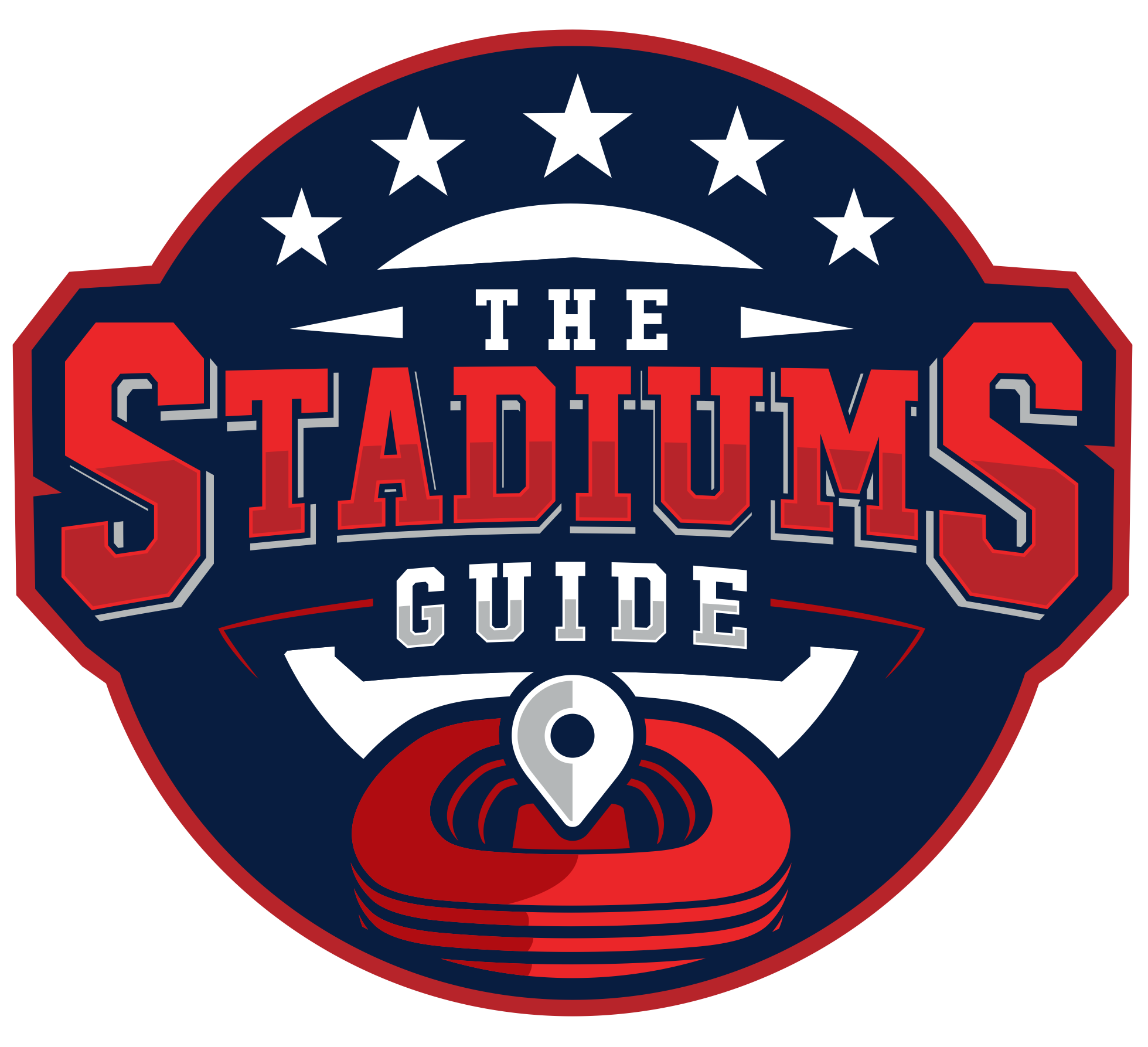Hockey is an extremely physical sport that is similar to rugby in that respect. Players need to be physical to create scoring chances, defend off the rush, or push the pace of play. Coaches use a variety of methods to achieve victory, including checks.
There are several checks, like the backcheck, the forecheck, the hip check, and the shoulder check. A check should create separation between the puck and the opposing player.
Because of the physical nature of checking in hockey, there are some moments when players get a penalty for aggressively checking. There’s nothing worse than being down on the scoreboard, getting offensive zone pressure going, and then taking a foul penalty.
That’s why coaches implement forechecking systems for players to create chances without taking unnecessary penalties.

What Is a Forecheck in Hockey?
A forecheck is a defensive strategy used when playing in the offensive zone. The defending team has puck possession in their own end and is attempting to clear the zone.
Forechecking in this instance would mean that attacking players without the puck are trying to create separation and obtain the puck.
Forechecking happens when teams perform a dump and chase after shooting the puck for a scoring chance or after an offensive zone turnover. The most aggressive forecheck strategies require excellent skating ability.
Still, a defensive strategy can help maintain leads and shut down the neutral zone. Player skill and coaching preference play a massive role in deciding a forechecking strategy.

What Are the Three Zones in Hockey?
A hockey rink has three main zones of play. Where each goalie stands is called the defensive end. The defensive end is where players attempt to prevent goals from the opposing team and extend from the boards behind the goalie to the blue line.
Between each blue line is neutral ice. Neutral ice includes center ice and four faceoff dots.
Then there is the offensive zone. In the offensive zone, players attack the opposing team’s net, attempting to score and get ahead in the game.
All these zones are essential when it comes to the strategy of the game. Groups with more offensive zone time or puck possession in the offensive zone are likely to win over teams who spend time in their own defensive end.
What Does High or Low in the Zone Mean?
Entering the zone means pushing the puck over the blue line towards the opposing team’s goal. Discussing strategy comes with jargon that needs to be learned, and with forechecking, the term high in the zone and low in the zone helps understand where players are on the ice.
A team can dump the puck “deep” into the zone, which typically means the puck went below the goal line and behind the net. Hockey players call this “low in the zone.”
Coaches will tell players to battle down low or put pressure down deep. Up high in the zone is the opposite. High in the zone is toward the blue line. The defense can walk the line and make shots towards the net through traffic.

What Are Some Forechecking Strategies?
Coaches utilize several forechecking strategies to put pressure on opposing teams. Some plans are aggressive, calling for offensive players to chip in deep along the wall and even allowing for defensive players to get involved in the play.
Others are more conservative, where only one offensive player chips.
Standard Triangle
The standard triangle is a forechecking strategy that coaches commonly implement as a team-building or habit-forming method of bringing teams together.
The way it works is one player chips in on an opposing player as a second player provides support. In this format, the third player will hold up in the slot and wait for a scoring opportunity or fall back to help on defense.
The standard triangle has some benefits. It puts offensive pressure on the puck and prevents any odd-man rushes the other way. It’s easy to teach, making it a perfect system for young players or players getting to know each other.
1 – 4 Neutral Zone Trap
Teams looking to close out games will employ a strictly defensive system to prevent groups from moving quickly through the neutral zone.
The 1-4 neutral zone trap is a strategy with only one forward, typically the center, putting pressure on opposing teams. Instead of applying pressure, the remaining two forwards play defense, creating a choke point.
The neutral zone trap can be effective for inexperienced players attempting to withstand a more potent offense. The method forces neutral zone turn-overs, providing an opportunity to score off the rush.
It also doesn’t require the offense to pressure the zone, allowing the opposing team to have the puck but shutting down the neutral zone.
1–1–3 Off Wing Stay Back
Teams with great quick-strike ability can utilize the 1-1-3 off-wing stay-back method, which is a blend of aggressive and conservative forechecking systems.
On the off-wing, the side of the ice where the puck isn’t, the offensive player will fall back to act as another defensive player or chip in deep when gaining possession. The center and winger will chip in aggressively on the defending players.
The off-wing stay-back gives forwards room to be creative when attacking on the forecheck. It also prevents odd-man rushes but requires forwards to move their feet.
The added pressure on the forwards can be challenging for unskilled players or players who don’t commit to falling back on defense. Ultimately it could lead to trouble the other way if not executed properly.

Aggressive Overload
Desperate times call for desperate actions, and the aggressive overload forechecking strategy is all hands on the offensive deck.
The aggressive overload system gives forwards room to be offensively creative while defense players spread out along the blue line. The format puts maximum pressure on defending teams and allows for the defense to chip in and take shots from the points.
Aggressive overload is common as games wear down and teams need a goal. To be successful, players need to have high speed and high skill.
A fair amount of risk is also associated with being offensively minded instead of defensively focused. However, when the game is on the line, it helps to throw everything you’ve got at the net.
2–1–2
The 2-1-2 forechecking system is somewhat difficult to master and requires a high degree of communication between players on the ice.
Using the 2-1-2 method, forwards constantly pressure the defense, looking for a mistake or an opportunity. In this system, the third forward chips in where the puck will move, which takes a significant degree of hockey sense.
Players on defense also provide forechecking pressure but must skate quickly if the play shifts.
2-1-2 forechecking systems are aggressive and hard to teach and implement successfully. Teams need highly skilled players with high hockey IQs to prevent odd-man rushes or unnecessary penalties.
Despite the risks, this forechecking method is a popular option with talented forwards, most recently used by the Philadelphia Flyers in 2020. Unfortunately, because of the risk, many teams only use this forechecking strategy in specific situations.
3–2 Press
The 3-2 press is usually used only in offensive zone faceoffs or near the end of a period. Offensive zone faceoffs allow teams to produce pressure, creating turnovers and scoring chances.
The system is also somewhat aggressive, seeing all three forwards creating pressure deep to force the turnover.
The 3-2 press is a method of producing offense and is high-speed, requiring top-end talent to manage. Using intensity, the forwards chip in deep while the defense looks for an opportunity to pinch in from the point.
Defensive players must be careful of overcommitment and leaving the door open for an odd-man rush back the other way.
1–2–2
The 1-2-2 forechecking system is another conservative strategy where the center forward presses the puck. At the same time, the two wingers hold up along the boards.
The strategy is suitable for preventing odd-man rushes as it’s similar to the 1-4 forechecking method where the wingers play defensive hockey.
Teams that implement the 1-2-2 method typically have prominent wingers capable of playing a shut-down game along the boards. The technique is easy to teach, and many teams employ the system when attempting to blend an aggressive and conservative checking strategy.
It allows for creativity where wingers can pinch, creating a standard triangle, or slide into a 1-1-3 defensive method.

What Does Dump and Chase Mean?
Dump and chase is a method of offensive zone pressure used when transitioning from defense to offense.
The dump and chase play allows defending players to head off for a line change while the other team resets. It also allows players to switch from backchecking to forechecking without gaining the line.
Groups that use a defensive-minded strategy attempt to choke up the neutral zone, requiring teams to dump and chase.
It also can be a good idea to dump the puck on the net. Some goalies may not be expecting the play, leading to a scoring chance if the puck bounces.
Other times, it’s not a good idea to dump on the goalie, especially if they are good at stickhandling. A bad line change and a poor dump-in can lead to a breakaway, scoring opportunity, or an odd-man rush.
What Does Backchecking Mean?
Backchecking is the opposite of forechecking. Where forechecking pushes the play towards the goal, a defending team will backcheck when play shifts toward their zone.
Players try to pressure the defense, forcing the puck out of the zone. Players who turn pucks over must compensate for the mistake by providing backchecking pressure.
Backchecking successfully, chipping the puck out of the zone, and making quick line changes help sway momentum.
Successful forechecking leads to instances of opposing teams being “on their heels” or spending time backchecking in their own zone. The constant backchecking leads to mistakes like penalties or goals against.

The Risks of Aggressive Forechecking
Teams want to press aggressively to put opposing teams on their heels and force them to backcheck. While aggressive forechecking is beneficial, it can lead to some unfortunate consequences.
Increased Chance of Penalties
Hockey is a contact sport, and when forechecking, sticks get wild. Tempers flare, but forechecking should be clean, focusing on skill.
Sometimes, aggressive forechecking leads to unnecessary penalties. Players should look out for common penalties: tripping, hooking, slashing, roughing, or cross-checking.
Chance of Odd-Man Rush the Opposite Way
Aggressive forechecking can lead to odd-man rushes, especially if a player doesn’t commit to the check or chips in deep without watching the man back.
Irresponsible plays create chances for the opposition to attack off the rush, or clear the zone, preventing any sustained pressure. The change of momentum can lead to goals against.
Miss a Line Change
Chipping in too deep or being overly aggressive on the forecheck can lead to odd-man rushes and sustained pressure in the defensive zone. When this happens, players can be stuck on the ice for what would’ve been several regular line changes.
The extra time on the ice wears players down, leading to mistakes that lead to goals against. Coaches need to balance the skills of players to prevent getting stuck.
/cdn.vox-cdn.com/uploads/chorus_image/image/70111149/1236428786.0.jpg)
Final Thoughts on Forechecking in Hockey
A forecheck is an offensive zone check-in hockey where players attempt to obtain possession of the puck. It’s just one aspect of the game coaches strategize with their teams on how to be most successful.
Teams who win frequently modify their strategy depending on the teams they are facing. The systems can be conservative or aggressive and can even include elements of both for a creative method that confuses the opposition.
There’s no perfect forechecking strategy, and teams often rely on systems that match player abilities.
Aggressive forechecking, while capable of creating scoring chances, may leave teams open to bad penalties, odd-man rushes, or getting stuck defending.
Coaches strive for balance, holding on to leads with conservative systems and using aggressive methods for pressing the play. Regardless of style, forechecking is critical in hockey.
James is a big time NBA Golden State follower, who makes sure to catch games when he's in the area. He likes to follow International Soccer, with an interest in small town soccer club, Blackburn Rovers located in the North on the UK.

